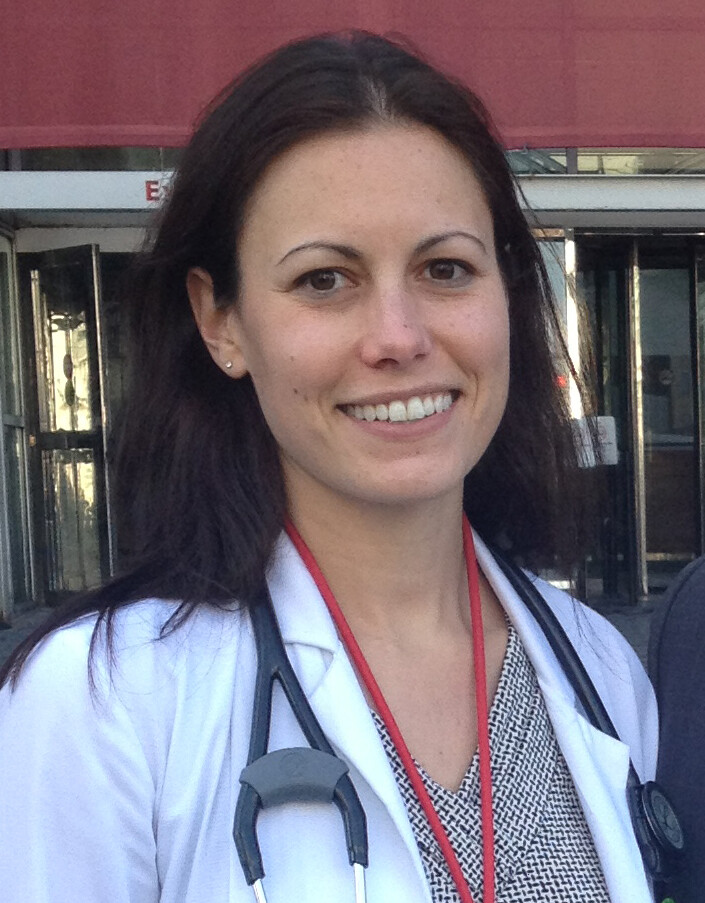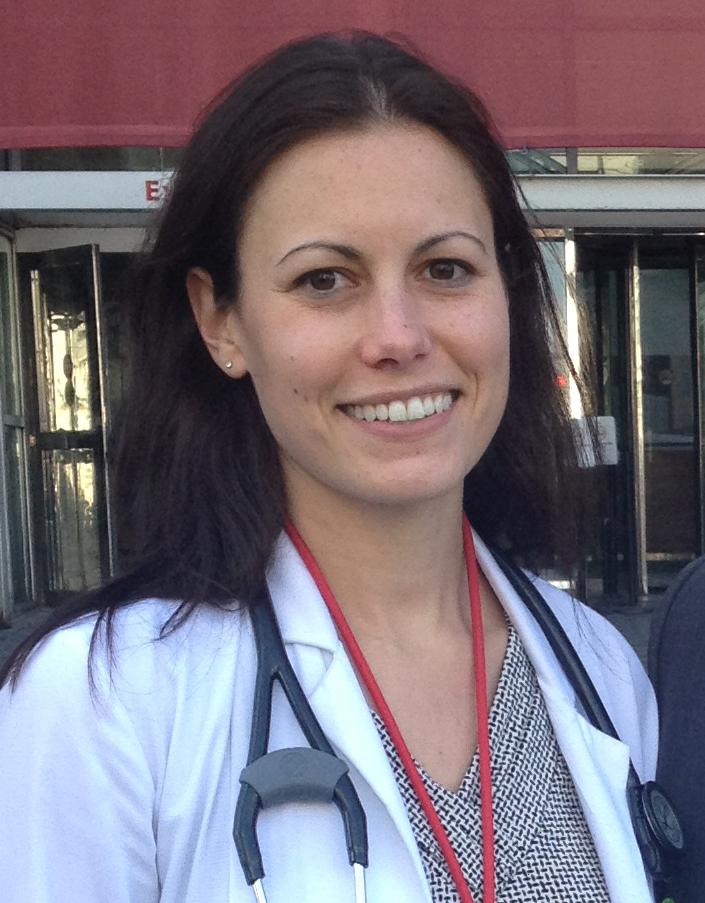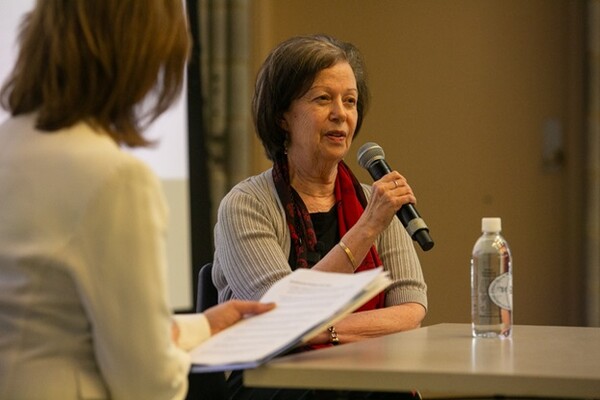
Diana Anderson

I thoroughly enjoyed reading the Change Issue of UofTMed, and wanted to add my thoughts on what needs to change in medicine today. I believe we need to put more focus on the importance of architectural design in health care — and on researching the elements and impact of our built environment.
For example, why are bold colours and cheerful artwork emphasized in pediatric designs, yet not to the same degree in geriatric spaces? And given that there is no therapeutic value to strict bed rest, which can in fact be detrimental and lead to deconditioning, should the patient bed continue to be the focal point around which we design the room?
It was architecture that first got me interested in becoming a physician. While studying health-care design for my Master of Architecture, I began to wish I could be on the other side, working directly with patients. I studied the required courses, and went on to do my MD here at U of T. And I’ve worked in both since then: doing a health-care design fellowship in Houston and contributing to the field of evidence-based design, completing my residency in internal medicine at the New York-Presbyterian Hospital/Columbia University Medical Center, and now embarking on a fellowship in geriatric medicine at the University of California, Los Angeles.
Despite the shift in medical architecture to a research-based practice, health-care design has remained similar for a number of decades. I think it’s time to disrupt our current design thinking and reinvent some best-practice design trends.
Here are just several examples of the pressing questions facing the field:
I think this is a facet of medicine ripe for change — whether that happens by training clinicians in design thinking, to emphasize a connection between how they practice medicine and the built environment, or even by merging academic programs in health-care architecture and health.
Physician-architect — or “dochitect” as I’ve dubbed myself — may be an unusual combination. But it’s also one that can inform crucial changes to health care.
Diana Anderson, MD ’08, is an architect, a Faculty of Medicine graduate, internal medicine specialist and self-titled Dochitect®.
Email your reflections or anecdotes to alumni.medicine@utoronto.ca, and note whether you’d like them kept private, or shared in the MedAlumni e-newsletter.

